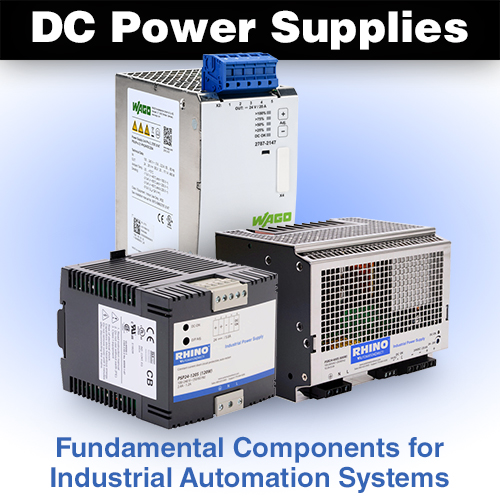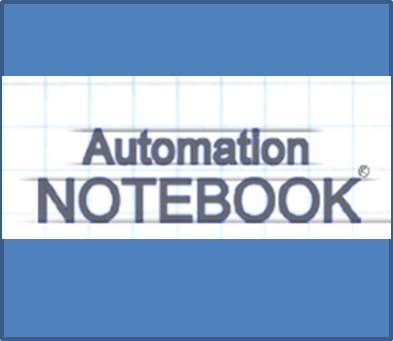Voltage Dip and Power Failure
Voltage dip and power failure – these are two events that can cause everything in a manufacturing and processing facility to go dim. When a machine or processing line goes down due to a power failure, it can cost a company thousands of dollars in as little as an hour. Companies are investing a lot of money and resources to help prevent, or decrease the duration of, such failures.
As the number of 24 VDC powered control systems increases, machine builders and users are finding that a typical power supply may have some built-in capabilities to help during voltage dips and power failures, but a more robust system is needed to provide added protection.
With many machines controlled by PLCs and industrial PCs, a small power dip or internal power supply failure can render a system’s controller useless. Through the years, several devices have been developed for the industrial control sector to help with power dips and power supply failures. Some of these devices are redundancy modules, buffer modules and battery backup type systems. All of these auxiliary modules help provide some level of protection if the main power system sees a temporary failure.
What Type of Protection Should I Use?
The most common question is “what type of protection would be good enough for my system?” There is no easy answer to the question, but understanding the functions of auxiliary modules can help point you in the right direction.
Even a facility with good, stable incoming power with little occurrence of main power dips or voltage loss can have a high level of concern over losing an internal power supply. If there is a need for a solid redundantly protected system, then a redundancy module would be the best choice. A redundancy module is used to monitor the power being fed from two power supplies. If one supply should fail, or be completely removed for servicing, then the redundancy module will distribute the entire load to the properly working power supply. Most redundancy modules have an output contact which signals a failure, so any problem can be corrected in a timely manner. They also have an interconnecting communication link between the power supplies and the module, so the redundancy module knows the status of each power supply at all times. A good redundancy module should also be equipped with protection of the output voltage against short circuits and overloads. One concern when using this type of system is the redundancy module does not account for a loss of the main facility power system. In the event that the power system feeding the manufacturing facility fails, the redundant power control system would also fail.
In a system where there are ongoing short voltage dips or brownouts, a device called a buffer module would be beneficial to keep a control system running smoothly. A buffer module typically consists of large capacitive banks that can store and release energy as soon as a failure occurs. A buffer module is connected in parallel with the feeding power supply, so the load shift from the power supply to the buffer module is transparent to the load. The ability to quickly discharge the stored energy prevents loss of operation in the protected control system. Since typically there are no moving parts, the buffer module is maintenance free and its storage capability does not deteriorate over the lifetime of the product. This type of protection has a big advantage over other protection modules for this type of fault.
In a remotely located system where there are frequent voltage dips, brownouts, and power outages, the battery backup is a system that can handle all of these situations. A battery backup system is comprised of a power supply, battery backup module, properly sized batteries, and any optional accessories, such as temperature probes, used to monitor the system. The battery backup system can keep the batteries continuously charged during normal conditions. This system, while the most complex, offers the most robust protection and covers the broadest range of power faults that can occur. If the supply should fail, lose incoming power, or experience voltage dips or brownouts, the load is transferred to the battery. One big advantage of a battery backup system is the ability to adjust the time duration the control system can run during a fault condition. By choosing a battery that has a larger storage capacity, the system stays active longer.
Another solution is to combine the auxiliary modules to provide a protection system that covers a variety of failures. If you have two power supplies feeding into a redundancy module, and the redundancy module is wired in parallel with the load and a buffer module, the user now has a redundant system that would also be able to ride through a short voltage dip or brownout, as well as handle a failure of one of the feeding power supplies.
As the demands on our existing power stations grow, interest will turn toward alternative methods of protecting the quality of control power. Incorporating devices such as auxiliary protection modules will help keep systems up and running to their fullest potential.
By Lenny Filipkowski
AutomationDirect Product Engineer
Originally Published: March 1, 2006



